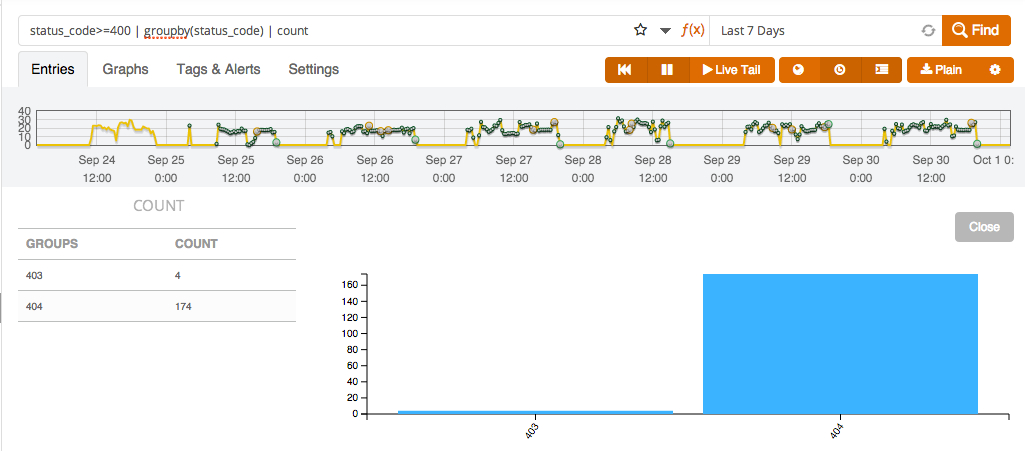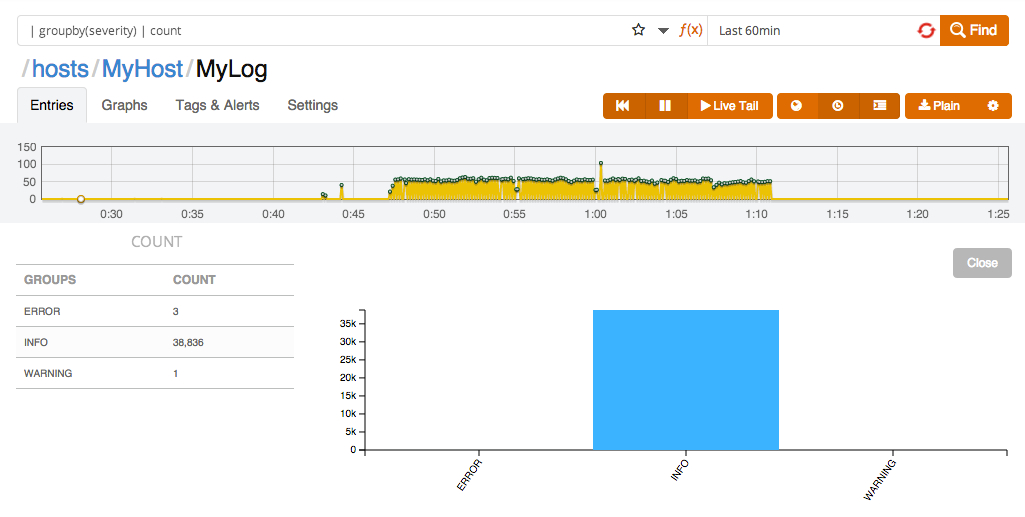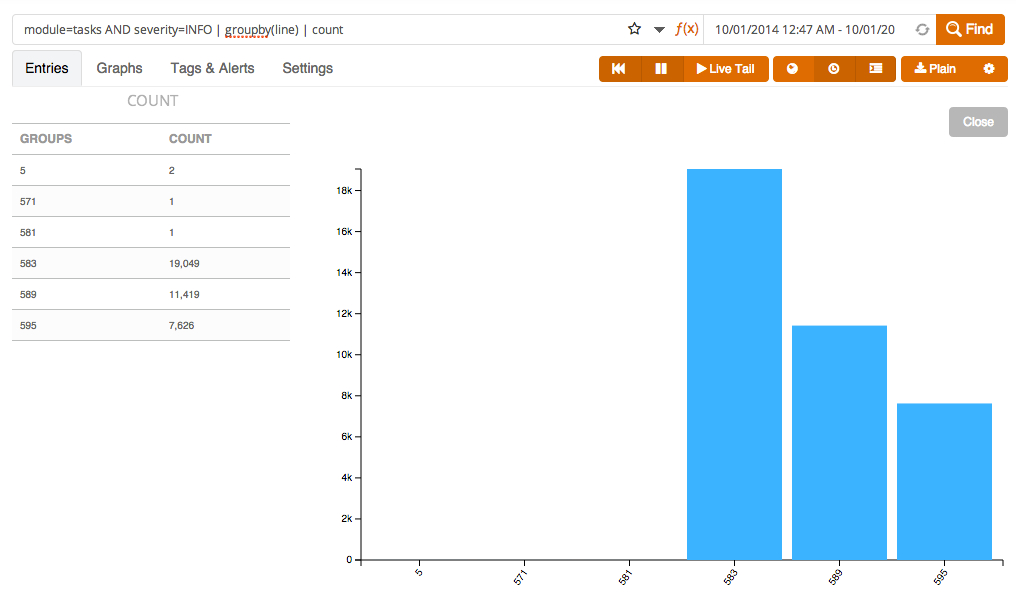Last updated at Fri, 08 Dec 2023 16:13:48 GMT
Interested in learning a couple insider tips to gain more value from your logs using additional structure?
Specifically, we will show how to easily introduce key-value pair (KVP) format on Nginx and Django logs.
Of course, the approach is not restricted to those two types of logs, and can be applied to numerous applications.
Previously, our Head of Product, Marc Concannon explained how logging information in JSON format makes it possible to leverage some of the most valuable Logentries features. Today’s post details one of the best practices for logging: using key-value pairs.
The best way to introduce application-specific metrics into your logs is to modify log statements in your code so that it presents information in KVP format.
As you are going to see, we can easily log useful information in KVP by just changing a couple of lines in some configuration files. We’ll illustrate this by showing how you can get distributions of the server request time powered by Nginx, as well as how to refine your logging practice in a Django app.
Log Formatters
As mentioned, domain-specific information for your application usually go into the log message provided by system developers.
There is also data systematically added by the logging library. This data often consists of a timestamp and a priority level, e.g. “INFO.” There can be many other parameters added to each log statement by the logging library.
The interesting part is how these parameters are formatted can generally be configured.
Here is when we’ll introduce some KVP into our logs.
Nginx
The Nginx (ngx_http_log_module) module from the Nginx doc, provides the ability to configure access log attributes and formatting via the access_log and and log_format directives. access_log sets the access log logging strategy while log_format describes the logging format.
From the Nginx documentation, the default format is:
log_format combined ‘$remote_addr – $remote_user [$time_local] ‘
‘”$request” $status $body_bytes_sent ‘
‘”$http_referer” “$http_user_agent”‘;
In addition to having variables that represent status codes or user agents, it is possible to refer to information like request time, which represent the request processing time. We now extend the default Nginx configuration, adding request_time parameter.
We call this new format “KVP”:
log_format KVP ‘$remote_addr – $remote_user [$time_local] ‘
‘”$request” status_code=$status request_time=$request_time ‘
‘$body_bytes_sent “$http_referer” “$http_user_agent”‘;
With this format, log events generated by the Nginx server look like this:
example.com – – [01/Oct/2014:00:00:37 +0100] “GET /my/url/ HTTP/1.1” status=200 request_time=0.231 “http://example.com/app/” “Mozilla/5.0 (Macintosh; Intel Mac OS X 10_9_5) AppleWebKit/537.36 (KHTML, like Gecko) Chrome/37.0.2062.124 Safari/537.36” “-”
When log events in these formats are sent to Logentries, the query language makes it easy to generate graphs for the KVPs. For instance, Figures 1 and 2 respectively show the distribution of status codes higher than 400 over time, and the average request time of requests processed by an Nginx server.
[
Figure 1
[
Figure 2



